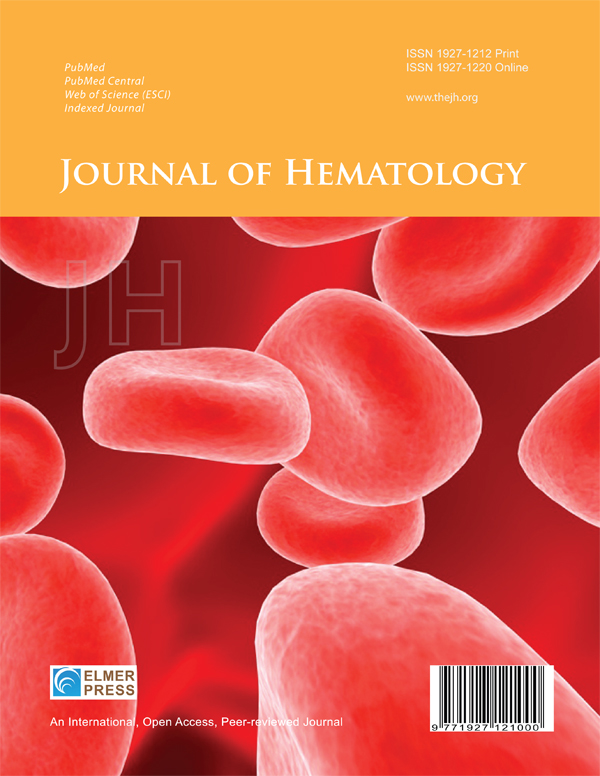Increased Transferrin Concentrations Are Not Associated With Thrombosis in People Living at High Altitude
DOI:
https://doi.org/10.14740/jh1388Keywords:
Transferrin, Ferritin, Iron deficiency, Thrombosis, Hypoxia, High altitudeAbstract
Background: Bolivian Andean Aymara highlanders, living at 4,000 m for 14,000 years, have evolved genetic adaptations to hypoxia. These include EGLN1 encoding prolyl hydroxylase 2 (PHD2), a regulator of transferrin transcription. Transferrin level increases in hypoxia and iron deficiency. Contrasting reports indicate that elevated transferrin is associated with experimentally induced thrombosis in mice undergoing short-stay at high altitude, but with decreased thrombosis in a congenital disorder of hypoxia-sensing.
Methods: A retrospective study was conducted in people living at high altitude (3,650 - 4,150 m). We analyzed serum transferrin concentration and thrombosis history in Aymara patients with high-altitude erythrocytosis (n = 149, median age 55 years, female gender 30%, iron deficiency 23%) or high-altitude anemia (n = 137, median age 43 years, female gender 86%, iron deficiency 57%).
Results: The median transferrin concentration was 339 mg/dL in erythrocytosis patients versus 310 mg/dL in anemia patients (P = 0.037); it was 367 mg/dL in iron deficient versus 312 mg/dL in iron replete patients (P < 0.001). Thrombosis history was present in 13% of erythrocytosis and 8% of anemia patients (P = 0.25) and was present in 16% of iron deficient and 7% of iron replete patients (P = 0.017). After adjustment for erythrocytosis and iron deficiency in multivariate regression analysis, the mean (95% confidence interval) transferrin concentration was 277 (237 - 316) mg/dL in 30 patients with thrombosis history versus 324 (306 - 341) mg/dL in 256 patients without thrombosis history (P = 0.018). Similar trends occurred for the subgroups of arterial thrombosis history (P = 0.044) and venous thrombosis history (P = 0.22).
Conclusions: In individuals with extreme environmental hypoxia, we found no evidence that increased transferrin is associated with increased thrombosis history. Rather, we observed a trend to decreased thrombosis history with increased transferrin levels.

Published
Issue
Section
License
Copyright (c) 2025 The authors

This work is licensed under a Creative Commons Attribution-NonCommercial 4.0 International License.








